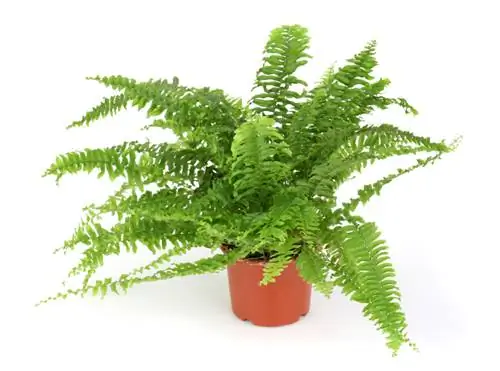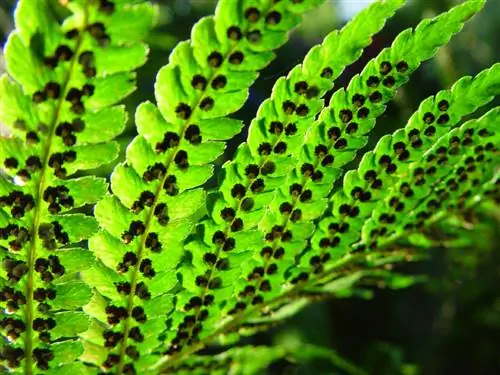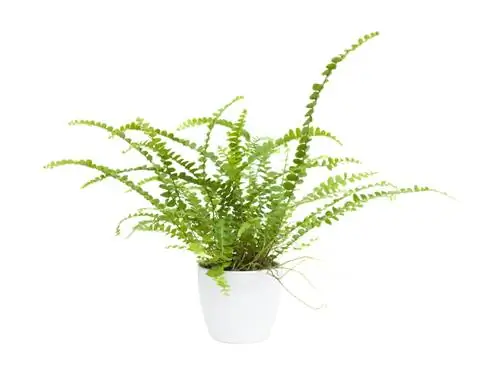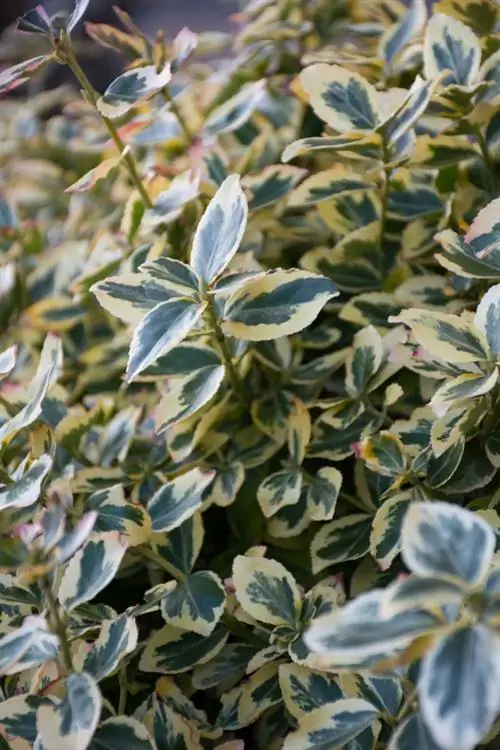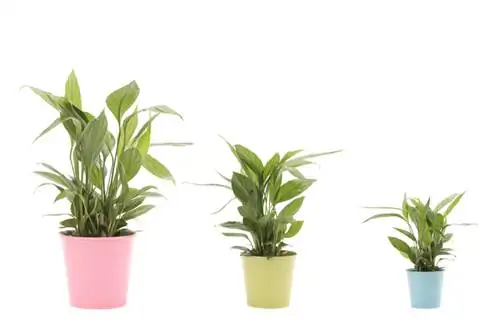- Author admin [email protected].
- Public 2023-12-16 16:46.
- Last modified 2025-01-23 11:20.
In the living room, bathroom or elsewhere in your home, a fern plant creates a tropical ambience. This feel-good atmosphere only lasts in the right location and with the correct care!
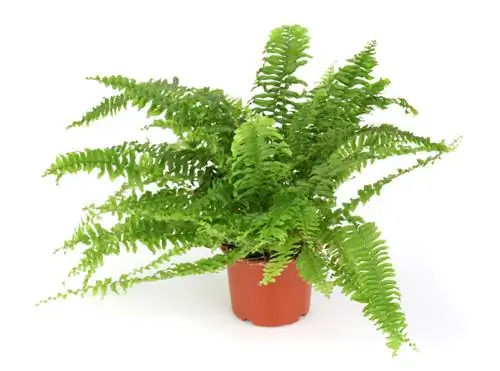
How do I properly care for a fern houseplant?
A fern as a houseplant requires a location with indirect light, humus-rich, well-drained substrate, regular watering with low-lime water and fertilization every two weeks. Popular fern species include sword fern, hare's foot fern and golden spotted fern.
Which species are particularly popular?
Many species of ferns can serve as houseplants. The sword fern is particularly well known and widespread. It is simply feathered and looks enchanting in a hanging basket in the bathroom, for example. The following species are also suitable for pot culture:
- Hare's Foot Fern
- Goldspot Fern
- Nest Fern
- Box fern
- maidenhair fern
- staghorn fern
- Rib Fern
Finding a location for indoor ferns
Most fern species love the usual room temperatures between 16 and 22 °C. Ferns do not do well in a place in direct sun. The window sill in the bathroom, kitchen and living room are ideal, as long as these rooms are not in full sun at lunchtime.
Finding the right soil
A humus-rich, well-drained substrate best meets the needs of the fern. The soil should be kept slightly moist. Clay granules are ideal. On the one hand, waterlogging has no chance there and, on the other hand, the root ball of the plant does not dry out.
Water and fertilize correctly
The fern in the room should be watered regularly. Low-lime water is best suited for this. If necessary, you should descale the tap water before watering. A mist of water continues to approach the fern. Spray it with water every now and then!
A slow-release fertilizer (€3.00 on Amazon) is ideal for supplying the fern with nutrients every two weeks from spring to autumn. You can also use conventional flower fertilizer. But be careful: use it at half concentration. A shot of milk that you add to the irrigation water every 2 weeks is more cost-effective.
Caution: Dry soil increases the risk of pest infestation
Some pests such as spider mites, aphids and fungus gnats like to eat ferns. You do not have to cut off affected parts. It is enough to clean them of the pests and adjust the care.
Tips & Tricks
If you feel like it, you can easily propagate the fern by dividing the root ball. This works particularly well with the fringe fern, button fern, sickle fern and maidenhair fern.

